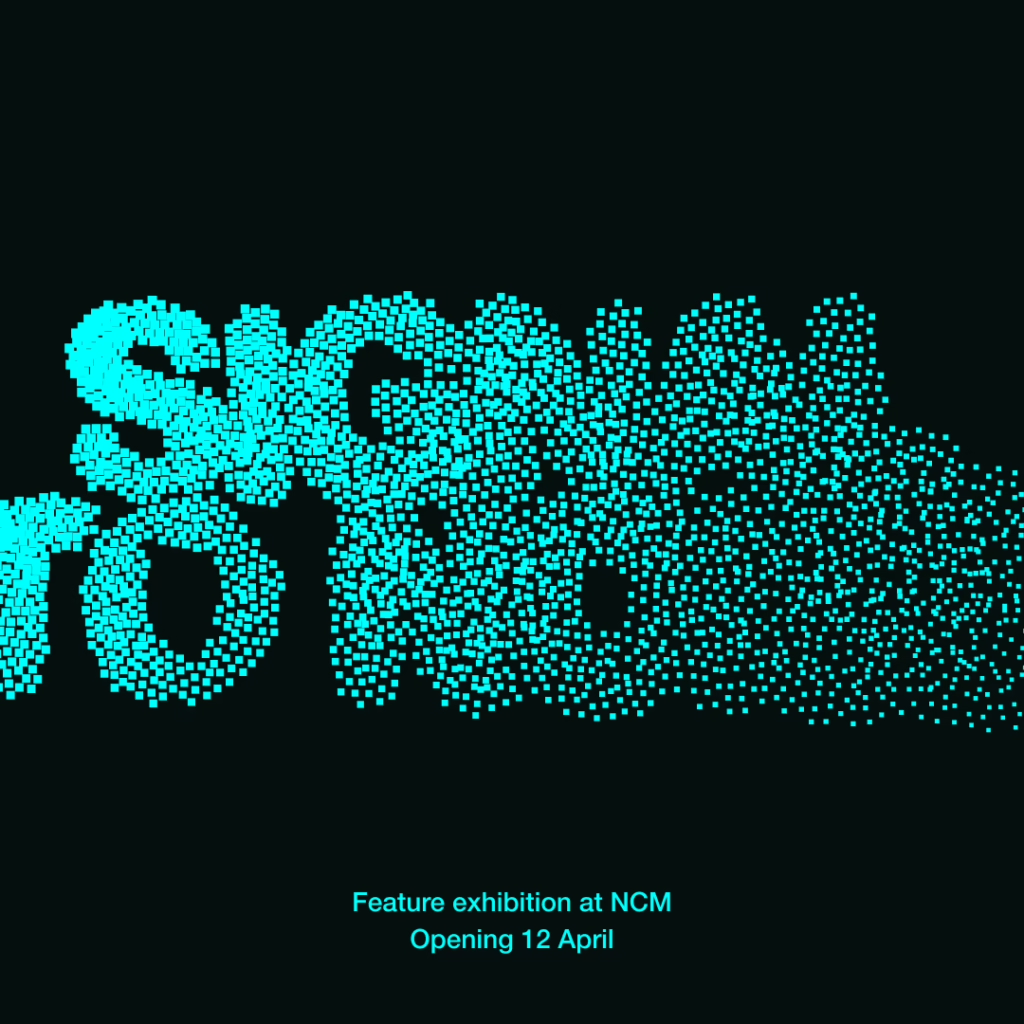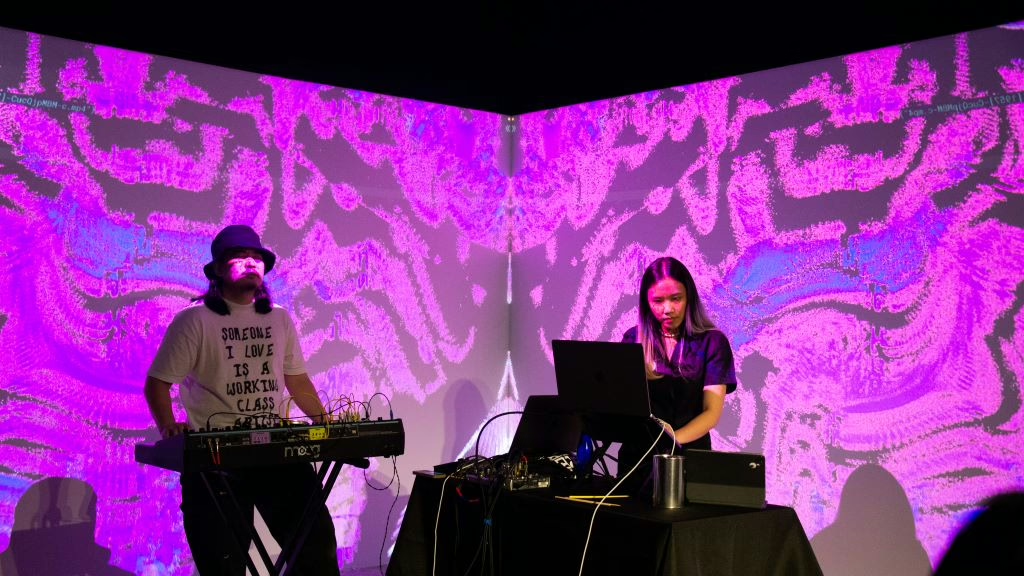Sonic Disruptions: New Exhibition at NCM Explores Noise, Music, and the Future of Sound
The exhibition is a must-see experience for Melbourne’s music industry, experimental sound artists, and anyone fascinated by the evolving relationship between technology and music
by Jason Allen

Get mutech updates in your inbox
The National Communication Museum (NCM) is set to unveil Signal to Noise, a groundbreaking exhibition opening on Saturday 12 April 2025, bringing together leading international artists exploring sound, noise, and listening in the age of information overload. The exhibition presents a must-see experience for Melbourne’s music industry, experimental sound artists, and anyone fascinated by the evolving relationship between technology and music.
Curated by AI researcher and artist Eryk Salvaggio, sound curator and researcher Dr Joel Stern (RMIT University, ADM+S), and Dr Emily Siddons (Co-CEO and Artistic Director, NCM), the exhibition challenges conventional ideas of clarity in communication and celebrates noise as a creative force in music and sound art.

One of the exhibition’s key highlights is salllvage (Rowan Savage), a proud Kombumerri sound artist and producer, who transforms on-Country field recordings into immersive electronic compositions. His work bridges the natural and the digital, the wild and the dancefloor, offering a deeply personal reflection on Country through sound. Also featured is Machine Listening, a collective led by Joel Stern, James Parker, and Sean Dockray, whose work dissects the politics and aesthetics of sound in an era of mass surveillance, big data, and AI-driven listening technologies. Their research-driven approach incorporates media archeology, speculative fiction, storytelling, historical deep-dives, and sonic experimentation to create uncanny, complex and subversively funny projects.

Adding to this sonic dialogue is elekhlekha อีเหละเขละขละ, a collaborative project by Thai diaspora artists Nitcha Tothong and Kengchakaj Kengkarnka. Their work challenges traditional notions of Southeast Asian sound cultures, blending historical research, algorithmic composition, and experimental music to push boundaries between tradition and contemporary soundscapes. Kengkarnka expressed excitement about the exhibition:
“We are thrilled to make our Australian debut at NCM’s Signal to Noise exhibition! We’re grateful for the opportunity and honoured to be alongside such legends and peers. Our installation เสียงเพราะพริ้งรวมๆ กันเป็นกระจุกแต่อย่างเดียว—The beautiful sounds are all gathered together in one cluster embraces what has long been dismissed as ‘nothing but noise’ through clusters of re-synthesised gongs and generative visuals. It invites audiences to engage in an act of unlearning and relearning, reflecting on the silencing of marginalised voices and the power of noise as resistance, identity, and resilience.”

Stern notes that the exhibition is an essential space for Melbourne’s thriving music and sound art community:
“Noise and signal are slippery, inextricable categories. This exhibition captures the excess and irreducibility of the noise of our moment while also historicising and contextualising the lines of exploration that brought us here.”
The exhibition also includes works from globally acclaimed visual and multimedia artists such as Nam June Paik, George Brecht, Lillian Schwartz, JODI, and Mimi Ọnụọha, Craftwork, and Eryk Salvaggio.

Housed in a restored 1930s telephone exchange in Hawthorn, NCM offers a rich, interactive experience that delves into the evolution of human connection—from early telephony to AI-driven conversations. Through historical artifacts, experimental installations, and participatory exhibits, visitors can engage with sound in unexpected ways.
Signal to Noise is presented in partnership with Autex Acoustics, ADM+S, and RMIT University. It will be on display from 12 April to 11 September 2025 at NCM, 375 Burwood Road, Hawthorn, VIC 3122. For more information, visit https://ncm.org.au/exhibitions/signaltonoise.